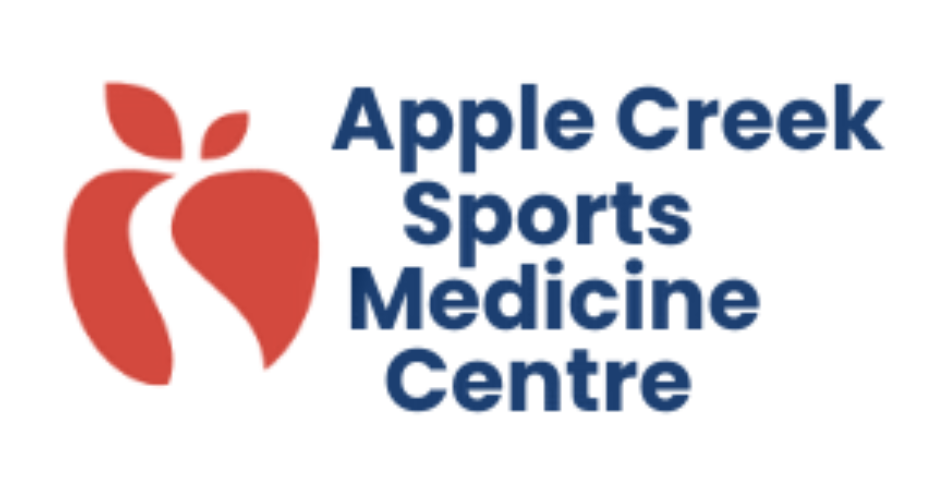Nick Halkidis’s take on the topic:
Today’s hot topic is concussions and their lingering effects. Many people associate the severity of a concussion by how violent the impact is. However, the only way to grade a concussion is by how long it takes to recover. Unfortunately, science has yet to produce a test that can determine the prognosis of a concussion. Recent research is showing that a concussion does not have to be caused by impact, for example, hitting the breaks in a car with no head impact has enough force to cause a concussion. It is no longer the coup and contra coup mechanism (banging your brain off your skull causing the brain to bruise) that causes a concussion. We will use a bowl of Jell-O as our example with the bowl being the skull and the Jell-O being the brain. If you were to shake the bowl of Jell-O the Jell-O would stretch and shear similar to your brain. This stretching and shearing is what causes a concussion through many physiological factors. But I am not here to talk about concussion’s, I am here to talk about post-concussion syndrome.
What is the difference you ask? A concussion will resolve in 2 – 4 weeks but post-concussion syndrome is when you still have symptoms 30 days after the incident. Most often the cause of post-concussion syndrome or PCS for short, is the lack of rest right after an impact or stretch and shear of the neurons of the brain. Imagine Usain Bolt sprains his ankle and then every day for the next 3 weeks he is asked to run and sprint without any rest or rehab of his ankle. He might have some issues performing, right? Why is that any different than an injury to your brain? Why are you expected to go to school, work or play with a concussion? The command centre of our bodies controls everything, hence why we advise complete rest for 3 – 4 days to allow the brain to restore itself to a normal state. No, this does not mean that you are able to return to full work/school on day 4. At ACSM we use a graduated 10 step return to play using the Complete Concussion Management system.
Post-concussion syndrome can include symptoms such as: visual disturbances, memory or cognitive impairments, light or noise sensitivity, chronic headaches (usually caused by neck tension), or a lack of activity. Yes, some people rest too much! The latest and greatest research has shown that rest of up to 3 – 4 days is optimal, and then doing some light cognitive activity is best (like reading a book and/or walking for 30 minutes). Using the same Usain Bolt analogy if he were to just sit at home not walking, running, or using his ankle at all, do you think he will get better? Maybe, but will he return to the track with full strength and range of motion? NO! So, what is optimal? A mix of immediate rest followed by gradual return to work or school with limitations, then an increase of exercise and then finally a return to play (if you are an athlete). Usain Bolt will first rest and ice his ankle, then perform some general activity to gain general strength. He will then move to doing some light jogging and maybe even some cutting. Then finally he will get back on the track. The same thing must happen with a return to life after a brain injury (concussion). Using a graduated 10 step return to play program is the most effective and safest way to return to life. So, if you have lingering concussive symptoms get concussion specialist advice. Maybe you have rested too much or not enough.
I have to add this in: The first thing that comes out of a patient’s mouth when I mention the ‘C’ word is, “This is such a bad time in my life. I am so busy!”. If you are reading this please think of when a good time to take 3 – 4 days completely off is. There isn’t any. But unfortunately, concussions do happen and that’s why there are places like Apple Creek Sports Medicine Centre to help you get back to life and sport safely. Take the time to manage your concussion now and prevent lingering symptoms for months and years.
